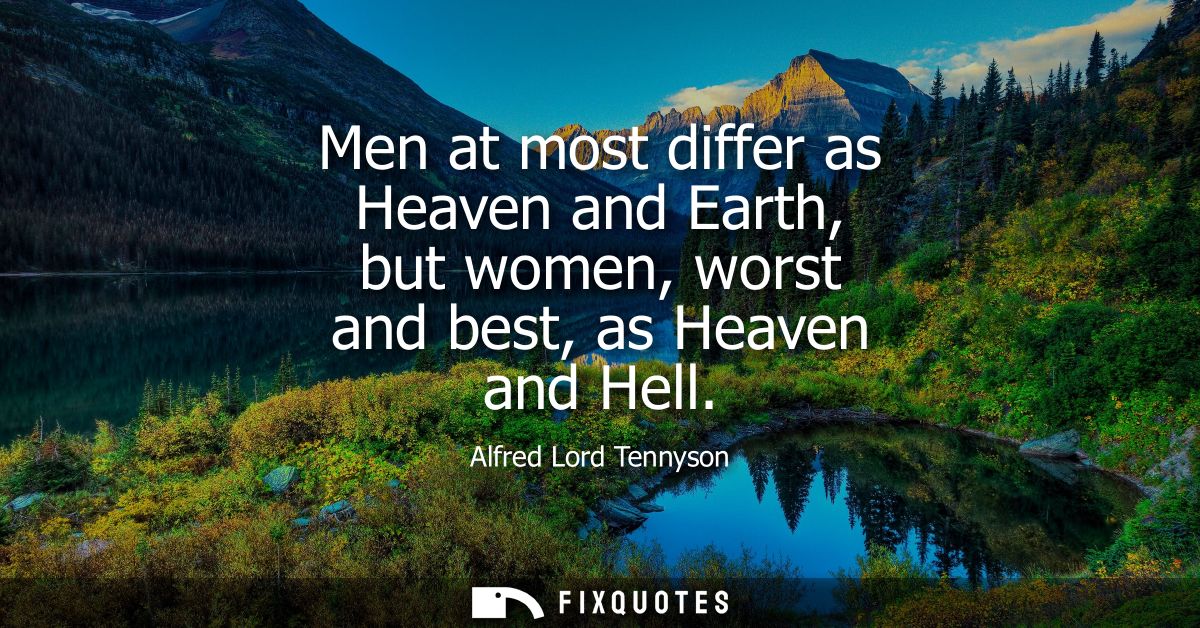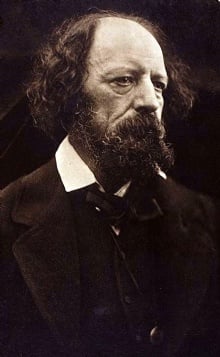"Men at most differ as Heaven and Earth, but women, worst and best, as Heaven and Hell"
About this Quote
Alfred Lord Tennyson’s assertion that “Men at most differ as Heaven and Earth, but women, worst and best, as Heaven and Hell” draws attention to his perception of gendered contrasts in human nature and character. His words suggest that while the differences among men are significant, reminiscent of the spatial and symbolic gap between Heaven and Earth, those differences remain within the sphere of the natural and comprehensible. Heaven and Earth, in many mythologies and philosophies, are opposite yet fundamentally connected; they define the boundaries of the mortal and the divine, the spiritual and the material, yet both are necessary and bear an inherent unity.
Turning to his comparison of women, Tennyson posits a far more dramatic chasm between the best and worst qualities among women. Introducing the polarities of Heaven and Hell, he underscores the notion that the range of female nature or character is much vaster and more extreme, from the utmost good (Heaven) to the utmost evil (Hell). It evokes the idea that a woman’s potential for virtue is matched only by an equally formidable potential for vice, with practically nothing in between. Where men contain differences within a tangible spectrum, women contain within themselves the capacity for both the sublime and the diabolical.
Such language, born out of Victorian assumptions about gender, reflects both the era’s exaggerations and anxieties regarding feminine power and influence. Tennyson romanticizes and mystifies womanhood, suggesting that the stakes for goodness or destructiveness are vastly higher within women. Implicit is the idea that women wield a unique and perhaps inscrutable power, capable of delivering salvation or destruction to those around them. This dichotomy can be read as both admiration for the heights women can reach and fear of the depths they might fall. The quote thus reveals not only perceptions of individual difference but also deep-seated cultural myths about gender polarity, virtue, and danger.
More details
About the Author

